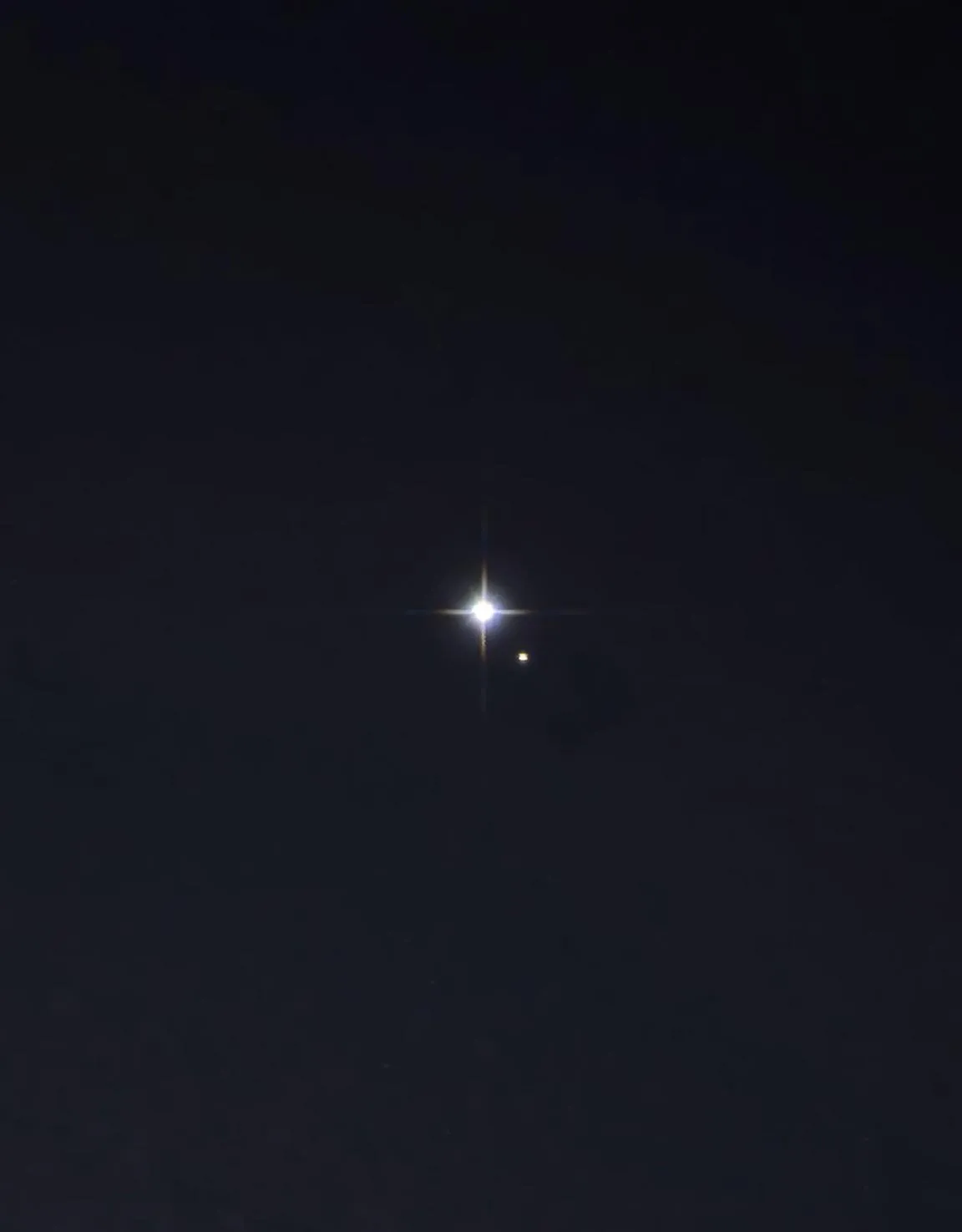The Pale Blue Dot Revisited: Earth and Moon from Saturn's Orbit
In the vast, enigmatic canvas of our cosmos, there are moments when humanity is granted a perspective so profound, it redefines our very understanding of existence. One such moment arrived courtesy of NASA's Cassini probe, which, while orbiting Saturn billions of miles away, turned its gaze back towards our home planet.
A Distant Glance: Our Home from Afar
Imagine looking back at Earth from beyond the gas giant Saturn. What you'd see wouldn't be sprawling continents or vast oceans, but a tiny, almost imperceptible speck of light. This is precisely what Cassini captured: a breathtaking image of Earth and its Moon, dwarfed by the immense cosmic backdrop. It's a humbling reminder that all of humanity, every triumph and tragedy, every love and loss, exists on this singular, fragile blue sphere.

This iconic photograph, often dubbed 'The Day the Earth Smiled', was taken on July 19, 2013, as part of a larger mosaic of Saturn's rings. Cassini's wide-angle camera looked back to capture the Earth and Moon as mere pixels, yet pregnant with immeasurable significance.
The Profound Wisdom of the Pale Blue Dot
This image inherently evokes the powerful sentiments articulated by the late, great astronomer Carl Sagan, famously known for his reflections on a similar image taken by Voyager 1. His words resonate deeply when contemplating Cassini's distant view:
"Look again at that dot. That's here. That's home. That's us. On it everyone you love, everyone you know, everyone you ever heard of, every human being who ever was, lived out their lives. The aggregate of our joy and suffering, thousands of confident religions, ideologies, and economic doctrines, every hunter and forager, every hero and coward, every creator and destroyer of civilization, every king and peasant, every young couple in love, every mother and father, hopeful child, inventor and explorer, every teacher of morals, every corrupt politician, every "superstar," every "supreme leader," every saint and sinner in the history of our species lived there--on a mote of dust suspended in a sunbeam.
The Earth is a very small stage in a vast cosmic arena. Think of the rivers of blood spilled by all those generals and emperors so that, in glory and triumph, they could become the momentary masters of a fraction of a dot. Think of the endless cruelties visited by the inhabitants of one corner of this pixel on the scarcely distinguishable inhabitants of some other corner, how frequent their misunderstandings, how eager they are to kill one another, how fervent their hatreds.
Our posturings, our imagined self-importance, the delusion that we have some privileged position in the Universe, are challenged by this point of pale light. Our planet is a lonely speck in the great enveloping cosmic dark. In our obscurity, in all this vastness, there is no hint that help will come from elsewhere to save us from ourselves.
The Earth is the only world known so far to harbor life. There is nowhere else, at least in the near future, to which our species could migrate. Visit, yes. Settle, not yet. Like it or not, for the moment the Earth is where we make our stand.
It has been said that astronomy is a humbling and character-building experience. There is perhaps no better demonstration of the folly of human conceits than this distant image of our tiny world. To me, it underscores our responsibility to deal more kindly with one another, and to preserve and cherish the pale blue dot, the only home we've ever known."
Cassini's Enduring Legacy
Cassini, a joint mission by NASA, ESA, and ASI, explored Saturn and its magnificent rings and moons for over 13 years, revolutionizing our understanding of the gas giant system. From discovering liquid methane lakes on Titan to the global ocean beneath Enceladus's icy crust, Cassini provided an unparalleled wealth of data. Its journey concluded with a planned plunge into Saturn's atmosphere in September 2017, protecting potentially habitable moons from contamination.
Yet, among its myriad scientific achievements, the image of Earth from afar remains one of its most poignant contributions. It serves as a constant, silent appeal to our shared humanity and our collective responsibility towards this small, pale blue dot that is our only home.
Our Shared Home
This single image from billions of miles away strips away all divisions and differences, revealing a profound truth: we are all inhabitants of this tiny speck, bound together by our common existence on it. It’s a powerful call to unity, reminding us to cherish our planet and foster kindness among its inhabitants. The universe is vast, and our home is precious.




